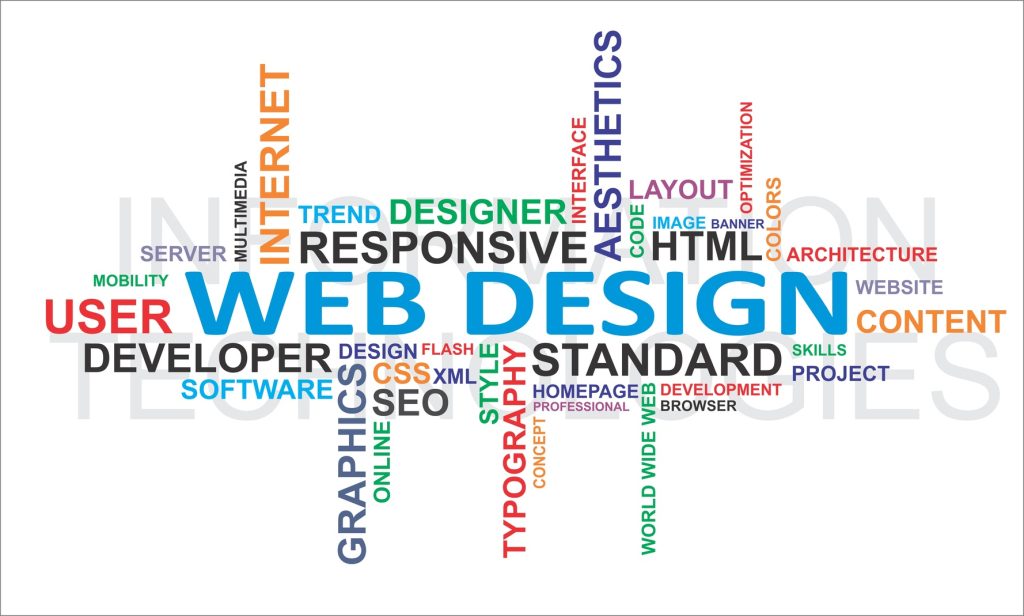In the ever-evolving landscape of web design, the minimalist approach has emerged as a powerful and captivating trend. As the saying goes, less is more, and this principle holds true in the digital realm. Minimalist web design embraces simplicity, clarity, and a focus on essential elements, creating an elegant and user-friendly experience for visitors. By stripping away unnecessary embellishments and distractions, minimalist design allows for enhanced user engagement and improved usability. One of the core tenets of minimalist web design is the emphasis on negative space, also known as white space. By intentionally leaving areas of a webpage empty, designers can create a sense of visual breathing room, allowing important content and design elements to stand out. This not only enhances the overall aesthetic appeal but also improves readability and comprehension. Visitors are more likely to engage with and remember information presented in a clean and uncluttered environment.

Another key aspect of minimalist web design is the use of a limited color palette. By selecting a few carefully chosen colors, designers can create a cohesive and harmonious visual experience. Bold and contrasting colors can be used strategically to draw attention to important elements, while neutral tones can provide a clean and timeless backdrop. This deliberate color choice contributes to the overall simplicity and elegance of the design, enhancing the user’s focus and understanding of the content. Typography also plays a crucial role in minimalist web design. Clean and legible fonts are favored, with an emphasis on readability. Large, clear headings and ample line spacing make the content easily scan able and digestible. Minimalist typography choices reflect the overall design philosophy by reducing visual noise and enhancing the user’s ability to navigate and absorb information effortlessly. Furthermore, minimalist web design often employs a simplified navigation structure. Complex and convoluted menus are replaced with streamlined navigation systems that prioritize clarity and ease of use.
By reducing the number of navigation options and focusing on essential categories, users can navigate the website more intuitively, improving their overall experience and reducing frustration. One of the significant advantages of minimalist web design is its responsiveness and adaptability. With the increasing prevalence of mobile devices, websites need to be accessible and visually appealing across various screen sizes. The simplicity of minimalist design lends itself well to responsive layouts, ensuring a consistent and optimal user experience across different devices. In conclusion, minimalist web design offers a refreshing and impactful approach to creating captivating online experiences. By embracing simplicity, negative space, a limited color palette, clean typography, and streamlined navigation, designers can create visually stunning and user-friendly websites. The minimalist ethos of less is more proves its worth in the digital world, where clarity and focus on essential elements lead to improved engagement and enhanced usability.
